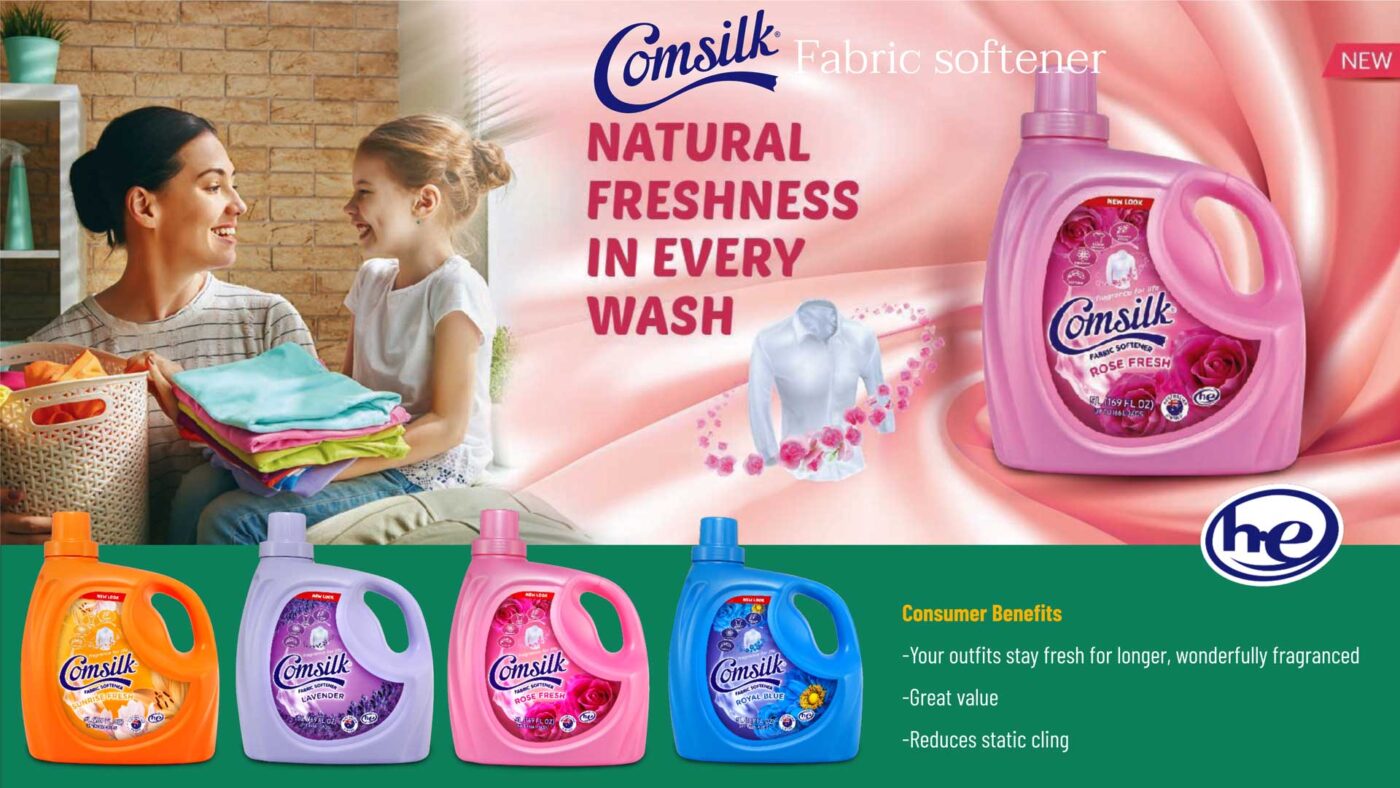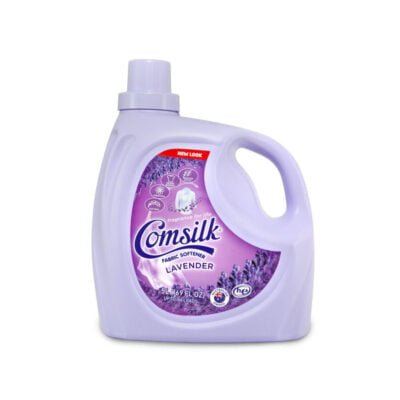Blog, Fabric Softener
Essential Tips: What to Know Before Buying Fabric Softener
Do You Really Need to Use Fabric Softener? Here’s What Cleaning Experts Say
Fabric softeners have become a staple in many households. They promise softer clothes, reduced static cling, and a fresh scent. However, choosing the right one can be tricky. Before you make your purchase, here’s what you need to know.
Understand Your Needs
Firstly, consider why you want to use fabric softener. Do you want your clothes to feel softer? Are you looking to reduce static cling? Maybe you’re after a specific scent. Understanding your primary need will help narrow down your options. For instance, if you have sensitive skin, look for hypoallergenic options. On the other hand, if scent is your priority, there are numerous fragrant options available.
Types of Fabric Softeners
There are two main types of fabric softeners: liquid and dryer sheets. Liquid fabric softeners are added during the rinse cycle of your wash. They are great for providing a consistent softening effect. Dryer sheets, however, are used in the dryer and can be more convenient for some users. Both types have their pros and cons. Additionally, there are also fabric softener beads, which you add at the beginning of the wash cycle, offering another alternative.
Check the Ingredients
Next, it’s important to check the ingredients. Some fabric softeners contain chemicals that might be harmful to sensitive skin or the environment. Look for products labeled as free of dyes and perfumes if you have allergies. Moreover, consider eco-friendly options. Many brands now offer plant-based or biodegradable fabric softeners that are better for the planet.
Cost and Value
Cost is another significant factor. While it’s tempting to go for the cheapest option, it’s worth considering the value. Some fabric softeners are more concentrated, meaning you use less per load, which can save money in the long run. Furthermore, more expensive brands might offer better results in terms of softness and static reduction.
Brand Reputation and Reviews
Transitioning to the next point, consider the brand reputation. Trusted brands often have better quality control and more consistent products. Read online reviews and ask for recommendations from friends and family. Reviews can provide insight into how well a fabric softener works in real-world conditions.
Environmental Impact
In addition to personal preferences, think about the environmental impact. Many traditional fabric softeners are made with non-renewable resources and can contribute to water pollution. However, many companies are now producing eco-friendly fabric softeners. These products use natural ingredients and are packaged in recyclable materials. Choosing such products can help reduce your ecological footprint.
Tips for Using Fabric Softener
Once you’ve chosen a fabric softener, using it correctly is crucial. For liquid softeners, be sure to add it during the rinse cycle, not with the detergent. This ensures that the softener is not washed away during the wash cycle. For dryer sheets, place them on top of the wet clothes before starting the dryer. Avoid overloading the dryer, as this can reduce the effectiveness of the sheets.
Conclusion
In conclusion, buying fabric softener is more than just picking a nice scent off the shelf. Understanding your needs, knowing the types available, checking ingredients, considering cost, looking at brand reputation, and thinking about the environmental impact are all important factors. By keeping these tips in mind, you can make an informed decision that benefits both your laundry and the environment. Happy washing!





